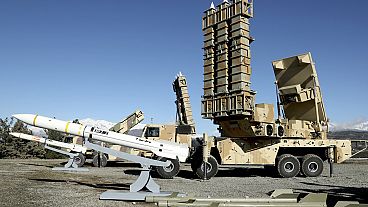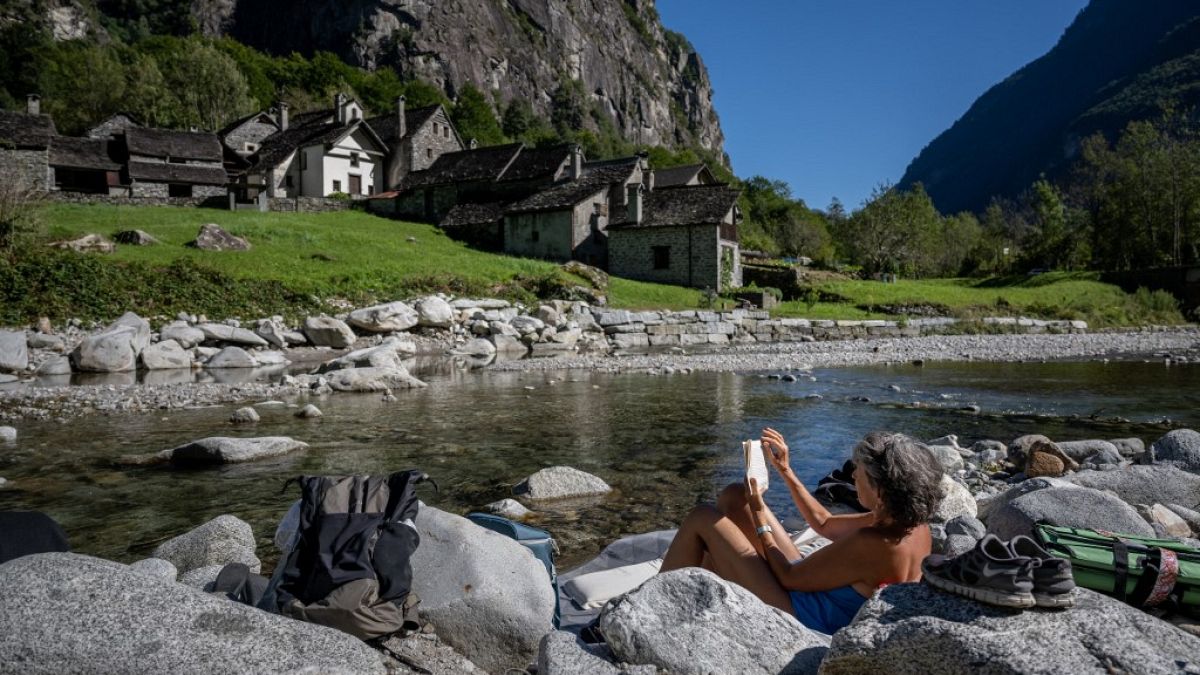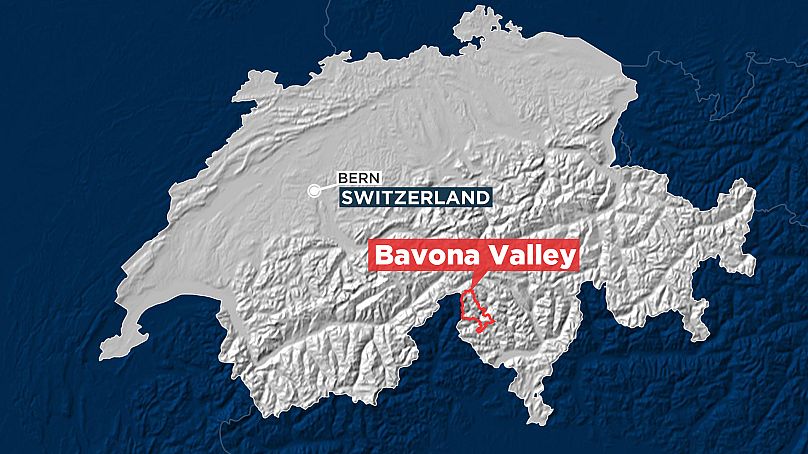This idyllic village from the Italian-speaking region of the Swiss Alps has a head start when it comes to becoming carbon neutral.
This idyllic village from the Italian-speaking region of the Swiss Alps has had a headstart when it comes to becoming carbon neutral.
The country’s Bavona Valley houses 12 hamlets. 11 of them have never been connected to the power grid.
Some homes have had solar panels since the 1980s, while other residents rely on gas canisters, candles and oil lamps instead of electricity.
"I see so much waste today including electricity, so many lights everywhere. But not here, because here everything is dark, there is not even a streetlight", says Bice Tonini, resident of the hamlet of Sonlerto.
Winters are often harsh, but some residents appreciate the simpler life without electricity, according to Romano Dadò, former municipal councillor of Cevio and resident of the valley.
"For us, reducing the consumption of many things is not a problem, we still know how to live like that!"
Despite dams close by, the village is mostly off the grid. The reason for that is that its residents never had enough money to connect to it.
The electricity from the region's hydroelectric power plants is instead sent to the German-speaking regions of Switzerland, which had the financial means to create this infrastructure.
Business owners say the lack of energy prevents them from opening up to tourism. The harsh conditions of the valley have caused its population to slowly shrink from around 500 to less than 50.
"Solar panels are a partial solution", says Martino Giovanettina, a writer and owner of one of the few restaurants in the valley.
Giovanettina believes the lack of electricity, plus the stringent rules for renovating old buildings, are contributing to depopulating the valley, turning it into an open-air "museum" of the past instead of turning to tourism, as neighbouring valleys have done.
The Bavona Valley has no set-up for tourists at all, apart from a cable car from the last hamlet up to the dams, while motorhomes are banned from parking in the area.
Doris Femminis, a 2020 Swiss Prize for Literature winner, grew up in the valley and raised goats in her 20s. Now, she recounts the story of the Bavona Valley in her books.
Now living in the Jura mountains in western Switzerland, she returns every two months to this "wonderful place of one's childhood".



